It is a bond where the proceeds are used solely to finance eligible projects with positive environmental benefits. Green bonds emerged in 2013 and since then the total issuance volume accumulated to $1 trillion, or 1% of Global bonds market.
What is a green bond?
Types of green financing projects
Renewable Energy
Clean transportation
Sustainable water and wastewater management
Green buildings
Terrestrial and aquatic biodiversity conservation
Pollution prevention and control
Advantages of green bonds
Lower interest rates
Green bonds can attract capital at a lower rate compared to other financial instruments. This is due to high demand from investors for green instruments. On average, the interest rate advantage of a green bond is 0.3%.
A more diverse investor base
The range of investors interested in green bonds is broader than for other financial instruments. These investors will be more “sticky,” meaning they hold the debt they purchase longer. Green bonds also attract large institutional investors and pension funds because of their lower risk profile.
Enhanced reputation
A green bond allows the issuer to positively associate its organization with efforts to increase financial flows for low-carbon projects and ensure the prosperity of future generations
Climate risk hedge
By purchasing green bonds, investors get an additional diversification away from oil-dependent assets in favor of climate projects that are rapidly growing in value.
Compliance with international standards
CBI certification allows issuers to demonstrate to the market that their bonds meet global standards for climate integrity, revenue management and transparency.
SDG Alignment
By issueing a green bond you signal to investors that you have a tangible contribution towards achieving the Sustainable Development Goals.
How to issue a green bond
What do you need to issue a green bond?
The certification process for climate bonds is divided into two stages. In the pre-launch verification phase, the bond is formulated, validated, launched, registered, priced and marketed.
- Post-issuance verification must be carried out within (12 months for version 2.1) or (24 months for version 3) after issuance to confirm post-issuance certification and to maintain certification of the green bond.
- After post-issuance verification, certification must be maintained by the issuer by submitting annual reports for the duration of the bond, until maturity.
- Sustainability Monitoring can provide a regular assessment service throughout the life of a bond. This will give investors additional reassurance.
Documents required to issue a green bond
- Climate bond information
A brief summary of the proposed bond, intended for internal review. It is not made publicly available. - Verifier’s report for the preliminary issue
A legal document to be signed by the issuer. - Application and certification agreement
The issuer must engage an approved verifier to work with the issuer. The verifier confirms that the projects and assets to be financed from the bond proceeds meet the requirements of the Climate Bonds Standard. This is how the verifier verifies that the issuer has established internal processes and controls to manage the bond proceeds. - Financial framework
The issuer must establish a green bond framework that describes how the requirements of the Climate Bonds Standard will be met by the issuer for the relevant bond.
This information is often presented using the five main components of green bond principles (use of revenues, project and asset selection, revenue management, reporting, and external review).
What do you need after issuance
- Climate bond update
Once the bond has been issued and the bond’s proceeds have been allocated to projects and assets, the issuer will update the climate bond information form to include any changes that have occurred since issuance. - Verifier’s report after issue
The verifier must confirm that the bond issued meets the requirements of the Climate Bonds Standard.
The Climate Bonds Standard Board reviews both documents and if they meet the requirements certification is granted for the duration of the bond.
